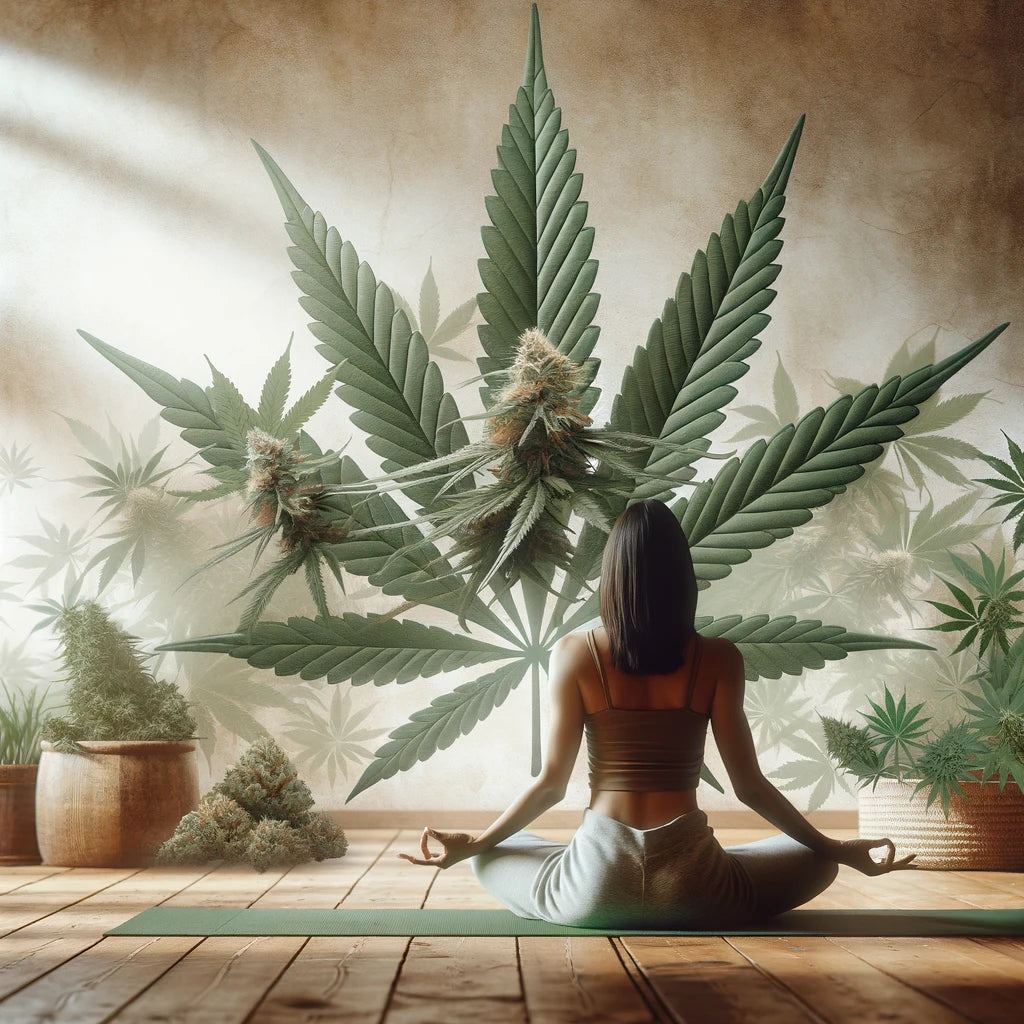Yoga and Cannabis: Elevating Your Practice or Just Elevating Your Mood?
In recent years, the fusion of yoga and cannabis has sparked both intrigue and controversy, as practitioners and skeptics alike weigh in on this unconventional blend. Is the combination of yoga and cannabis a gateway to deeper spiritual and physical insight, or is it merely a trend that adds a transient high to the ancient practice? This blog post delves into the heart of cannabis-enhanced yoga, exploring its potential benefits, concerns, and the evolving conversation surrounding its practice.
The Rise of Cannabis-Enhanced Yoga
Cannabis-enhanced yoga, often referred to as "Ganja Yoga," takes the traditional practice of yoga and introduces cannabis as a tool to enhance sensory perception, deepen relaxation, and possibly increase mindfulness. Proponents argue that cannabis helps to break down barriers to meditation, allowing practitioners to achieve a more profound state of relaxation and mindfulness. They claim that the combination can lead to a more introspective and spiritually fulfilling practice.
Potential Benefits
Enhanced Mindfulness and Concentration
Some practitioners report that using cannabis before yoga helps them achieve a higher level of mindfulness and focus. They find that it aids in tuning out distractions, allowing for a more concentrated practice. This heightened awareness can lead to a deeper connection with the self and the surrounding world, potentially enhancing the spiritual experience of yoga.
Increased Physical Relaxation
Cannabis is known for its relaxing effects, which can be beneficial in a yoga practice. It may help to reduce muscle tension and pain, making it easier to move into and hold poses. This relaxation effect can also contribute to a deeper sense of physical and mental release during the practice, potentially making yoga more accessible and enjoyable for some individuals.
Areas of Concern
Safety and Impairment
Critics of cannabis-enhanced yoga point out the potential risks of impairment. The psychoactive effects of cannabis can alter perception, coordination, and reaction times, raising concerns about the ability to safely perform yoga poses, especially for beginners or in more advanced practices that require precise balance and concentration.
Dependence and Authenticity
There is also a debate about the authenticity of the experience when adding substances like cannabis to yoga. Traditional yoga philosophy emphasizes clarity of mind and self-discipline, and some argue that using mind-altering substances contradicts these principles. Additionally, there is a concern that reliance on cannabis for achieving a state of relaxation or enlightenment could lead to dependence.
A Personal Choice
Ultimately, the decision to combine yoga and cannabis is a personal one, deeply influenced by an individual’s goals, beliefs, and experiences with both yoga and cannabis. It is essential for anyone considering this practice to be informed about the potential effects and risks of cannabis use, including legal considerations, as its legality varies by location.
The Ongoing Conversation
As the popularity of cannabis-enhanced yoga continues to grow, so does the conversation around its practice. Research is still in the early stages, and more studies are needed to understand the full implications, benefits, and risks of combining yoga and cannabis. Whether viewed as a path to deeper spiritual enlightenment or merely a trend that enhances the mood, it is clear that the fusion of yoga and cannabis is a dynamic and evolving area of exploration in the wellness and spiritual communities.
In conclusion, the blend of yoga and cannabis remains a controversial yet fascinating topic. As society's perceptions of cannabis continue to evolve, so will the discussions and practices surrounding its use in enhancing yoga. For many, the combination offers a unique and potentially enriching experience, while for others, it raises questions about safety, authenticity, and the true essence of yoga practice.

